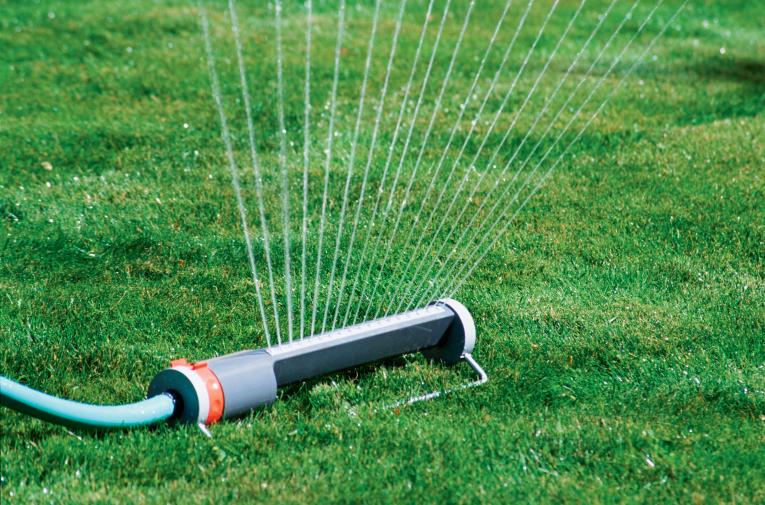10 Lawn and Garden Tips for First-Time Homeowners
Learn how to care for your new yard and grow a thriving garden

If you’re a first-time homeowner, you may have never cared for a yard before – and you probably don’t know where to begin. But green thumb or not, you can create a lush lawn by following these 10 tips.
In This Article
Examine Your Grass
Determine if your grass is the right kind for your region. Northern climates often find success with fine fescue, Kentucky bluegrass, perennial ryegrass and tall fescue, while southern states should have zoysia or bermuda grass.
Plant Carefully
Before planting new grass, aerate the soil to increase nutrient, oxygen and water movement. Next, spread the seed evenly, and add a light layer of soil over the seed. Water the area until the soil is moist, but don’t overdo it – too much water can drown the seed.
Invest in the Right Lawn Mower
If your lawn is small, a walk-behind push mower may be the right option for you. While corded options are fairly inexpensive, they are best for lawns without shrubs or fences. Riding mowers are ideal for medium and large yards, and lawn and garden tractors are helpful when dealing with mixed terrain.
Mow Correctly
Typically, you don’t want to cut away more than one-third of the grass blade when you mow. However, if your lawn has gotten out of control, set your mower’s cutting height to the highest possible setting – just remember to move the cutting height back to its normal range after you mow, and cut the lawn again after a few days have passed.
Install Lawn Edgings
Keep your yard looking neat and clean by installing lawn edgings, with wood, brick, concrete and plastic varieties available. This will keep grass from growing anywhere you don’t want it and prevent ground covers from making their way onto your lawn.
Remove Weeds
While it may not be fun, hand-wedding can be very effective and provide a long-term solution. Simply pull weeds when they’re young (before they flower and seed) to prevent them from spreading. Be sure to pull the entire plant, including the root, and reseed the bare spot. If the yard is overwhelmed with weeds, consider herbicides; non-chemical, organic and natural options are available.
Fertilize the Lawn
Use a spreader to distribute fertilizer throughout your yard to help the grass grow strong and thick. The best times to fertilize are during the fall from late September to early November and in the spring from April to early June.
Grow Your Garden
Your garden will have a higher chance of succeeding in prepared beds with high-quality soil. If you’re planting vegetables, soak the seeds overnight, then drain and plant them immediately, creating vertical rows. When it comes to flowers, start with low-maintenance perennials (flowers that live for three or more growing seasons) such as purple coneflowers and Russian sage.
Prune Plants
First, gather your tools: hand pruners, loppers, shearers and saws. Next, examine your plants – summer and fall flowering trees and shrubs should be pruned in late winter or early spring, while spring flowering trees and shrubs should be pruned after their flowers fade.
Protect Bird Feeders
Tired of squirrels stealing your birdseed? Try coating the seed with pepper spray, which will be hot to a squirrel’s lips, or fill bird feeders with safflower seeds as they taste bitter to squirrels. Other squirrel-proofing ideas include hanging a feeder from thin fishing line that squirrels have difficulty balancing upon, or keeping a hanging feeder at least 15 feet from buildings or trees so that the squirrels can’t leap onto the feeder.
